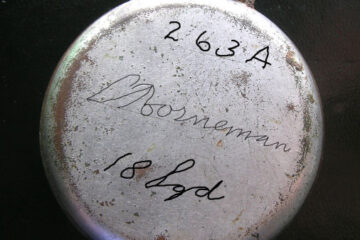Frederik de Houtman
Frederik de Houtman, a Dutch navigator and explorer, played a pivotal role in the early European exploration of Australia. Known for his contributions to the Dutch East India Company (VOC) and his skilled navigation of the treacherous waters of the Indian Ocean, one of his lasting legacies is the naming of the Houtman Abrolhos Islands off the coast of Western Australia. These islands are not only a reflection of Houtman’s explorative achievements but also a window into the broader Dutch influence in the region during the early 17th century.
Dutch Maritime Expansion and Frederik de Houtman
The late 16th and early 17th centuries marked a period of expansive maritime exploration for the Dutch Republic, fueled by the VOC’s desire to establish trade routes to the lucrative East Indies. The VOC, founded in 1602, was one of the most powerful trading entities of the time, and its voyages significantly impacted the exploration and mapping of the southern hemisphere, including parts of what is now Australia.
Frederik de Houtman, born in Alkmaar in 1571, became a central figure in these explorations. Alongside his brother, Cornelis de Houtman, he participated in the first Dutch expedition to the East Indies in 1595. After gaining extensive navigation experience, Houtman was appointed as a commander for further VOC voyages. In 1619, while charting a course to Batavia (modern-day Jakarta), Houtman sailed past a dangerous archipelago located about 80 kilometers off the coast of Western Australia. His encounter with these islands would forever mark his place in history.
Pictures below taken by Paul Budde during his visit at the Stedelijk Museum in Alkmaar – September 2024
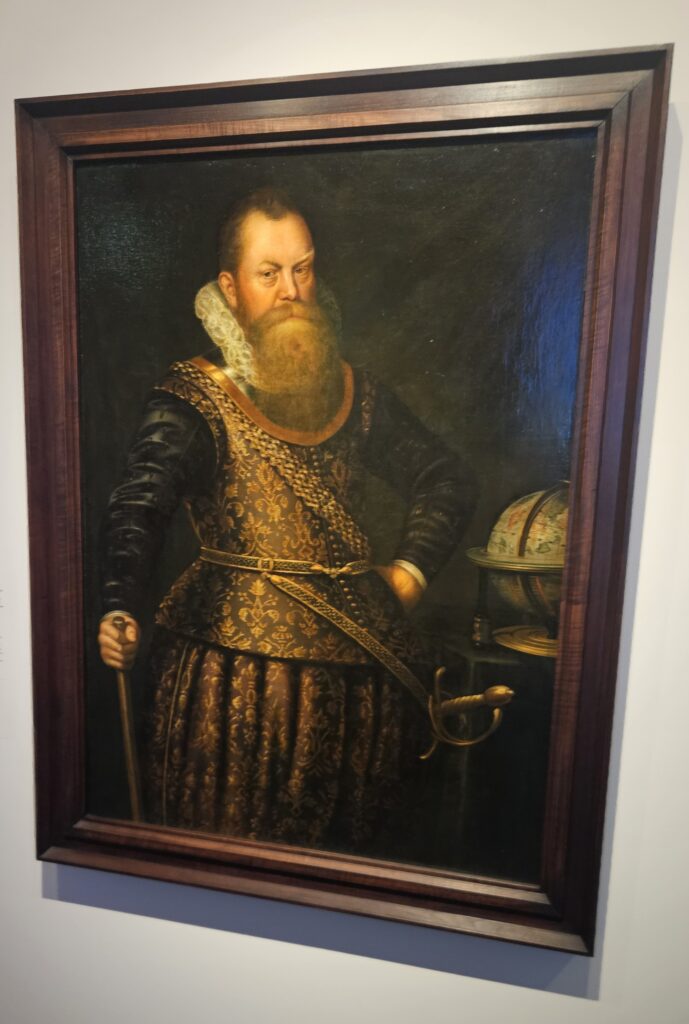
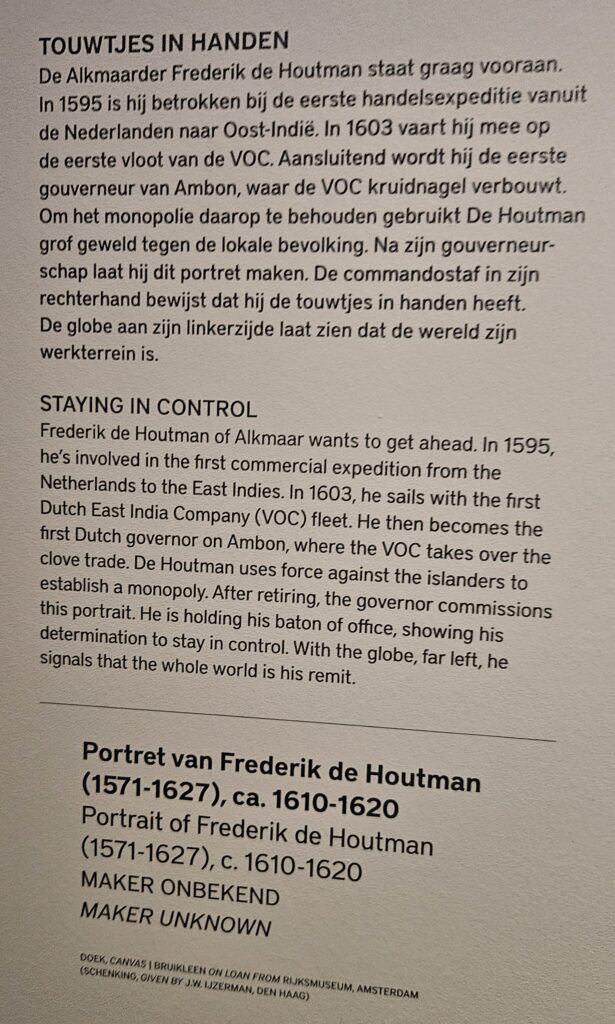
The Naming of the Abrolhos Islands
During his 1619 voyage, Frederik de Houtman became the first recorded European to sail past what is now known as the Houtman Abrolhos. The islands were perilous for sailors, surrounded by dangerous reefs and rocky outcrops. To warn future sailors of the hazards these waters posed, Houtman named the archipelago “Abrolhos,” a name derived from the Portuguese phrase “abre os olhos,” meaning “open your eyes” or “watch out.” The phrase was an apt description of the need for vigilance while navigating these treacherous waters.
Over time, these islands became officially known as the Houtman Abrolhos in recognition of Frederik de Houtman’s role in their discovery and naming.
The Geographic Names of the Houtman Abrolhos
The Houtman Abrolhos is composed of over 120 islands and islets, divided into three main groups: the Wallabi Group, the Easter Group, and the Pelsaert Group. Each group holds significant historical meaning, often tied to Dutch navigators or events that shaped the region.
Wallabi Group
The Wallabi Group, the northernmost section of the Houtman Abrolhos, is particularly famous for its association with the Batavia shipwreck in 1629. The group includes islands such as West Wallabi Island, East Wallabi Island, and Beacon Island.
- West Wallabi Island: Likely named after the wallaby, a small marsupial species, though not native to the island, its name reflects early European tendencies to name places after familiar animals or local wildlife.
- Beacon Island: This island’s name is tied to its navigational significance, but it also carries the grim moniker Batavia’s Graveyard, owing to the tragic mutiny and massacre of Batavia survivors that took place there.
The Wallabi Group is best known for the shipwreck of the Batavia on Morning Reef near Beacon Island in 1629 and the subsequent mutiny and massacre that took place among the survivors.
Easter Group
The central part of the archipelago, the Easter Group, contains islands such as Rat Island, Wooded Island, and Morley Island.
- Rat Island: Named by Dutch sailors due to the infestation of rats. We now know these were actually quokkas, a small marsupial species native to the islands.
- Wooded Island: As the name suggests, this island was noted for its relatively dense vegetation compared to the more barren surroundings.
Pelsaert Group
Named after Francisco Pelsaert, captain of the Batavia, the Pelsaert Group includes Gun Island, Pelsaert Island, and Middle Island.
- Pelsaert Island: Named in honor of Francisco Pelsaert, this long, narrow island stretches across much of the southern section of the archipelago.
- Gun Island: Named after a large cannon found here, most likely from the Zeewijk, which wrecked nearby.
Many ships have been wrecked in the Pelsaert Group, the most notable being the Zeewijk, which was wrecked on Half Moon Reef in 1727. The survivors stayed on Gun Island for some time afterward. Other possible Dutch wrecks include the Ridderschap van Holland in 1694 and the Aagtekerke in 1727.
The pictures were made during a flight I made over the islands in 2018.
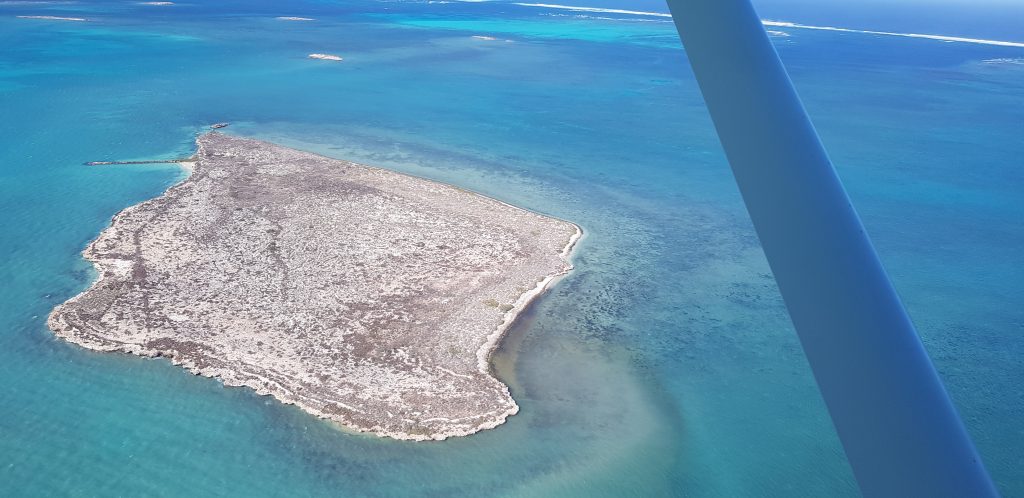
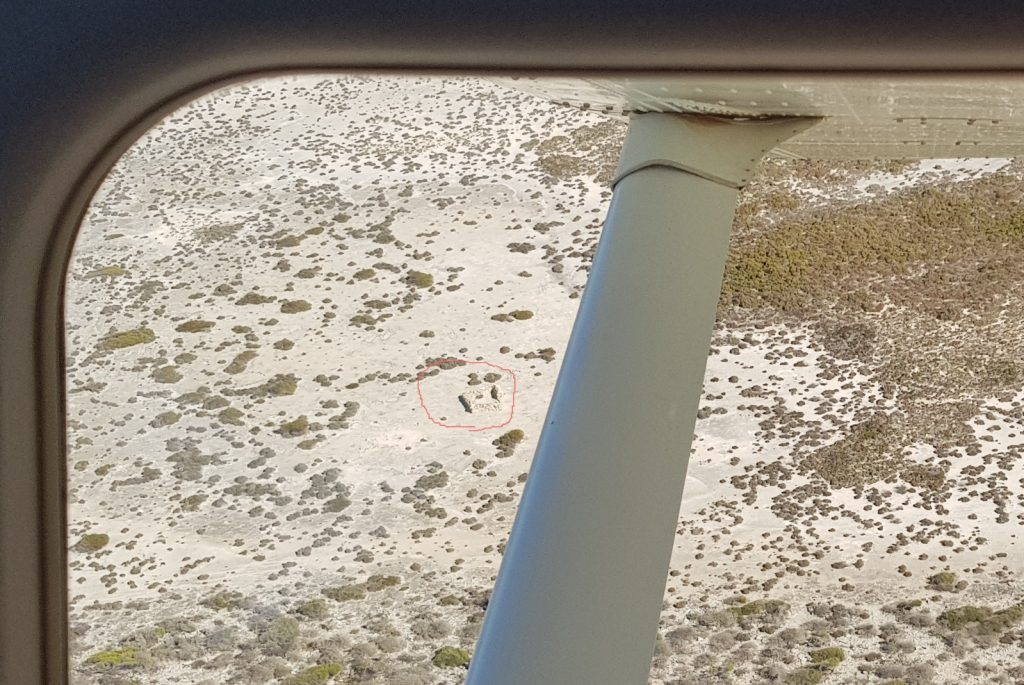
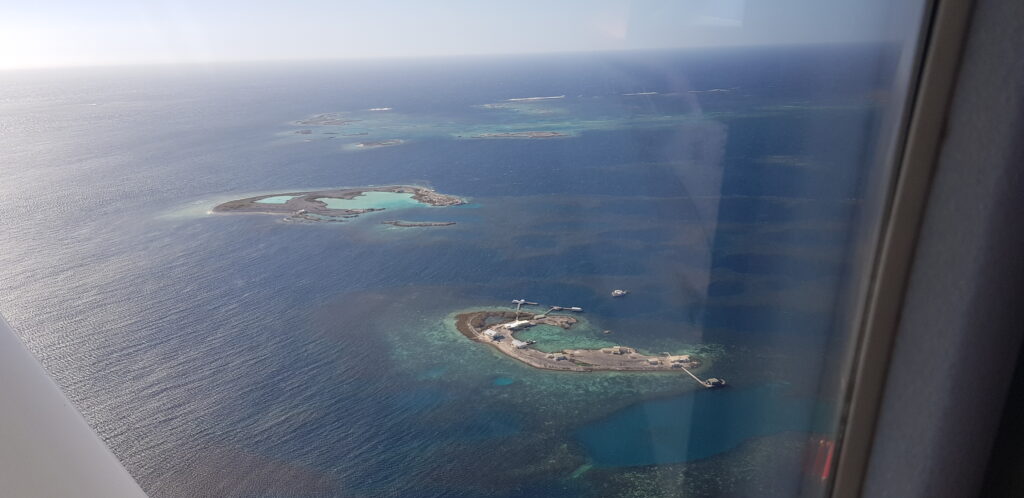
Frederik de Houtman’s Enduring Legacy
Frederik de Houtman’s role in naming the Abrolhos Islands is a small but significant part of his broader contributions to Dutch navigation and exploration. The Houtman Abrolhos serves as both a warning to sailors and a reminder of the daring efforts made by the Dutch to chart the unknown waters of the southern hemisphere. Today, the Houtman Abrolhos Islands are renowned for their rich marine biodiversity and are popular with tourists, divers, and historians alike.
The Dutch exploration of Australia, marked by triumph and tragedy, played a crucial role in shaping the early European understanding of the continent. The names left behind, from the Houtman Abrolhos to Dirk Hartog Island and the Batavia Coast, ensure that the legacy of Frederik de Houtman and his fellow Dutch navigators endures in the history of Australia.
Paul Budde
Sources:
FitzSimons, P. (2020). Batavia: Betrayal, Shipwreck, Murder, and Survival. Hachette Australia.
- This book provides a detailed account of the Batavia shipwreck, mutiny, and massacre.
Henderson, G. (1999). Maritime Archaeology in Australia. University of Western Australia Press.
- This work delves into the history of Dutch shipwrecks, including the Zeewijk and Batavia, as well as their archaeological significance.
Schilder, G. (1985). Australia Unveiled: The Share of the Dutch Navigators in the Discovery of Australia. Theatrum Orbis Terrarum Ltd.
- This book details Dutch explorations, including Frederik de Houtman’s contributions and the naming of the Houtman Abrolhos.
Playford, P. (1996). Carpet of Silver: The Wreck of the Zuytdorp. University of Western Australia Press.
- This text discusses the VOC shipwrecks along the Australian coast, including some of the lesser-known wrecks like the Aagtekerke.
McCarthy, M. (2001). Houtman Abrolhos: A Maritime History of the Abrolhos Islands, Western Australia. Western Australian Museum.
- A thorough examination of the history of the Abrolhos Islands, focusing on the Dutch exploration and the maritime heritage of the islands.
Museum of Western Australia. (n.d.). Dutch Shipwrecks on the Western Australian Coast.
- The museum’s website provides valuable information about Dutch shipwrecks, VOC expeditions, and archaeological findings in the region.
Heeres, J. E. (1899). The Part Borne by the Dutch in the Discovery of Australia 1606-1765. Luzac & Co.
- A historical document that provides insight into the early Dutch explorations of Australia, including Frederik de Houtman’s voyages.
